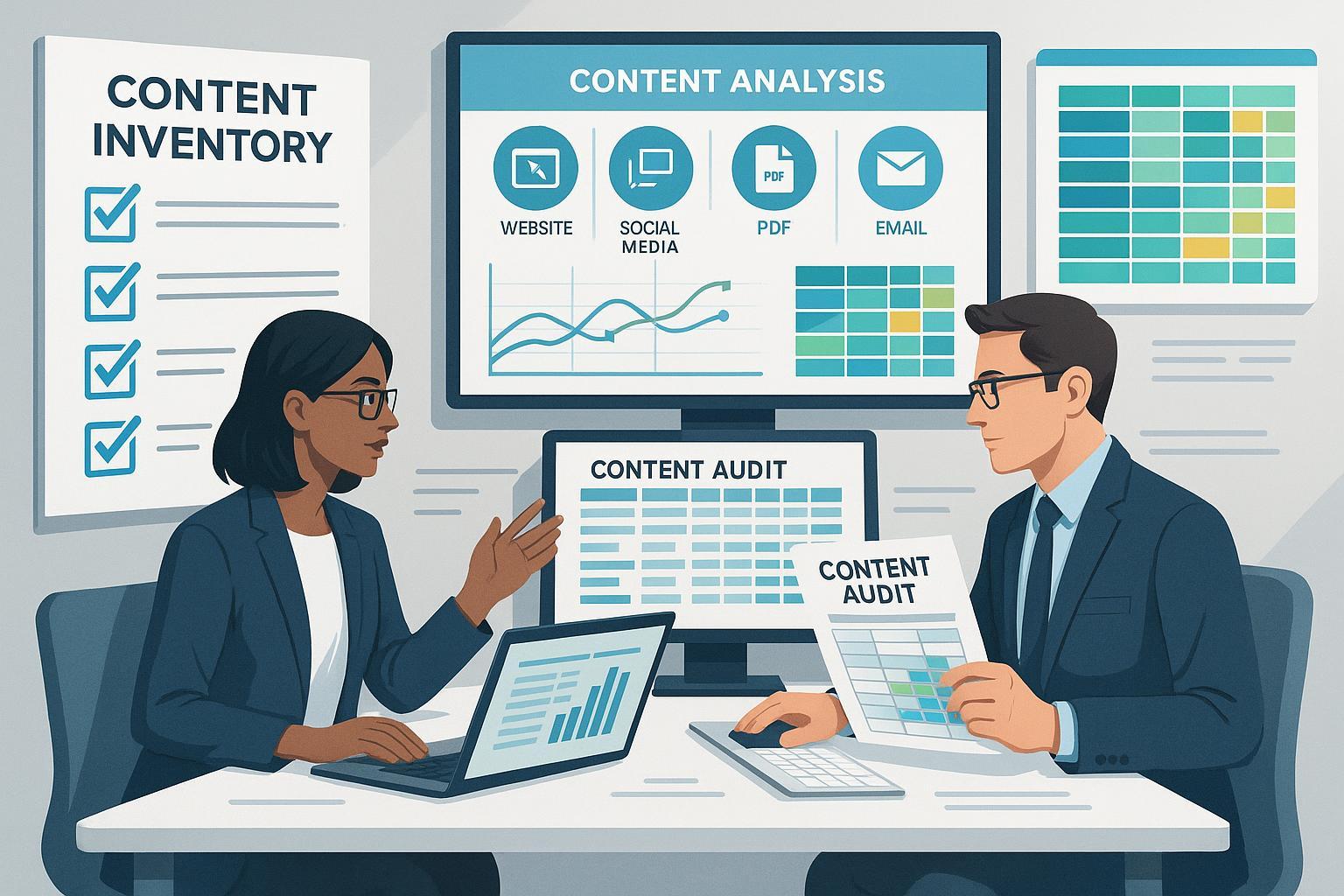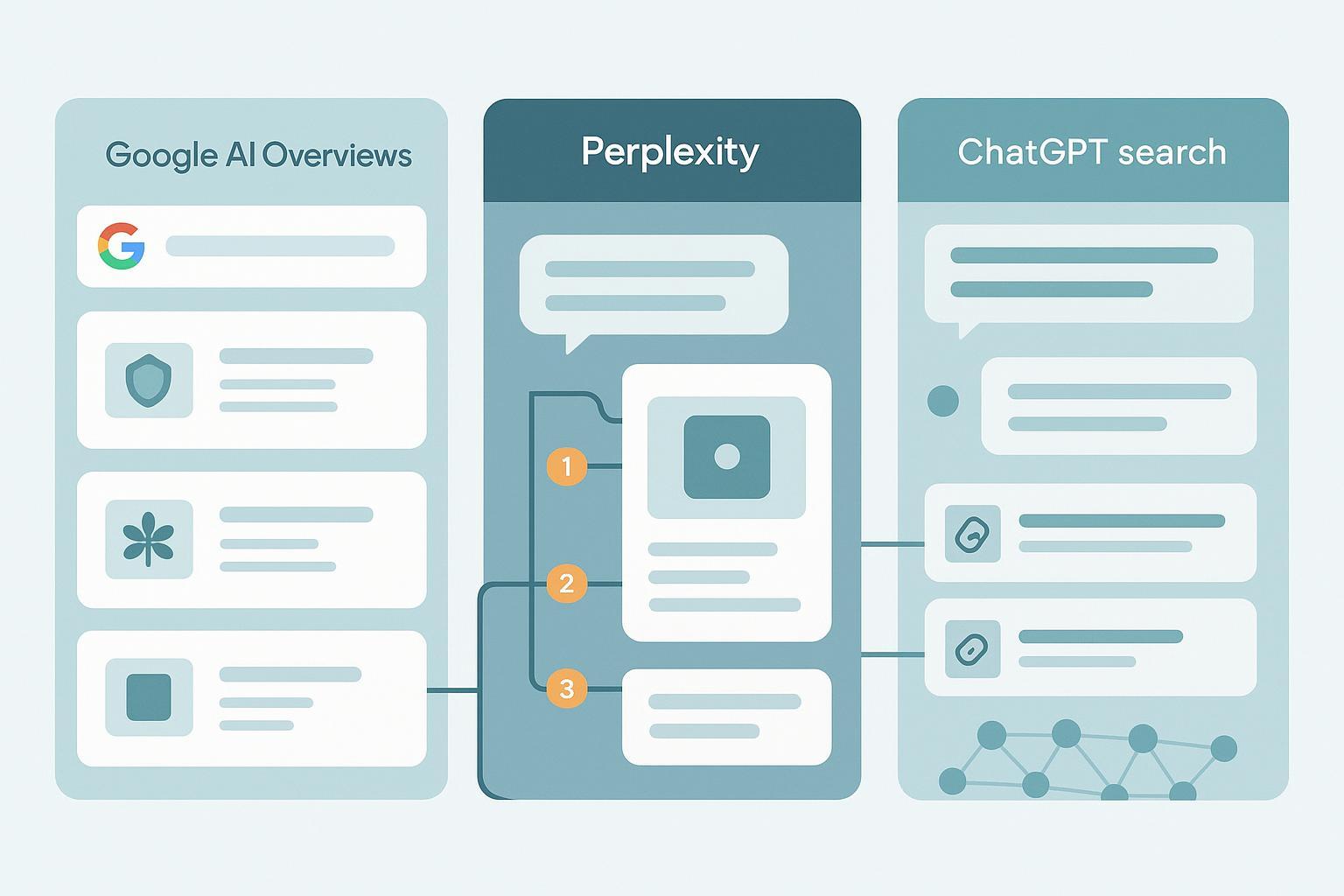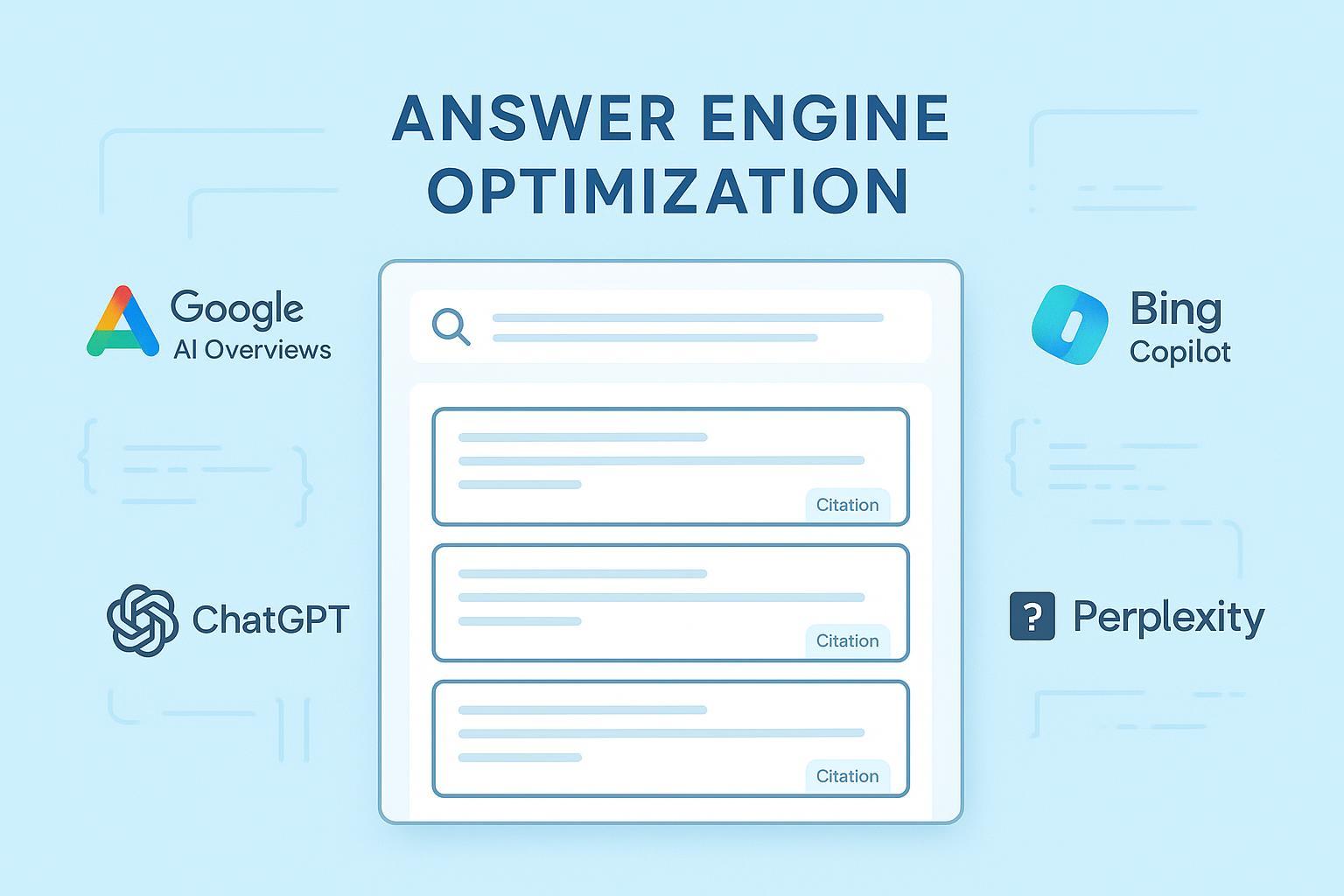Content Audit Best Practices 2025: Expert Guide for B2B Marketers
Unlock 2025’s leading content audit best practices: expert frameworks, ROI data, multichannel strategies, and actionable templates for professional B2B teams.


Introduction: Why Content Audits Are Mission-Critical for Modern Marketers
Struggling to determine which content drives results—and which is just clutter? You’re not alone. According to the Content Marketing Institute (CMI), 65% of top-performing B2B marketers conduct content audits at least twice a year. Why? Because rigorous audits lead to up to 20% higher marketing ROI, improved lead generation, stronger engagement, and measurable loyalty gains.
This guide delivers the 2025 playbook for content audit best practices—not just for your website, but across every digital channel. Inside, you’ll find 10 advanced, actionable, and benchmarked practices, real-world impact data, practical tools/templates, and pitfalls to avoid. Let’s unlock true content performance.
10 Essential Content Audit Best Practices for 2025
- Inventory All Content—Across Every Channel
- Centralize and Standardize Your Audit Data
- Score Content Both Quantitatively and Qualitatively
- Benchmark Performance with Industry Data
- Identify Quick Wins and Strategic Gaps
- Prioritize Actions Using a Scoring Matrix or Rubric
- Expand Audits to Multichannel Assets
- Document Clear, Measurable Action Plans
- Establish Ongoing Governance and Audit Cycles
- Measure and Communicate ROI
1. Inventory All Content—Across Every Channel
What/Why: A truly effective audit begins with a comprehensive inventory, not just of web pages, but of all digital assets—including blog posts, whitepapers, PDFs, videos, emails, social posts, and even AI-generated content. Missing channels create blind spots that mask underperformance or risk.
How: Use crawlers like Screaming Frog for websites and enterprise-level platforms, plus manual or automated exports for document, email, and social repositories. Centralize everything in a master spreadsheet or audit tool.
Data Impact: Brands that expanded audits beyond their website saw up to 13% direct ROI boost (SEMRush, 2024).
2. Centralize and Standardize Your Audit Data
What/Why: Consistency drives insight. Fragmented audit data leads to missed patterns, wasted effort, and subjective decisions.
How: Set a standard taxonomy: include asset IDs, content type, publish date, channel, owner, performance metrics, and business objective. Use downloadable content audit templates such as this one from Tripledart. For collaboration, consider tools like Google Sheets or Airtable for versioning and access control.
Impact: Unified data accelerates team reviews and enables apples-to-apples performance comparisons, crucial for B2B organizations with large asset volumes (NN/g guidelines).
3. Score Content Both Quantitatively and Qualitatively
What/Why: Volume isn’t value. The highest content impact comes from assets that combine strong performance with brand-fit and accuracy.
How: Assign scores for both quantitative metrics (traffic, conversions, engagement) and qualitative factors (clarity, strategy alignment, brand tone, accuracy). Use a weighted matrix like the AIHR prioritization template (download here) or adapt the scoring system described by CMI (read more).
Case Example: CMI found that use of scoring matrices led to consistent prioritization and up to 20% better optimization decisions in scaled B2B teams.
4. Benchmark Performance with Industry Data
What/Why: Internal metrics alone aren’t enough; real insight comes from comparing your scores to relevant industry benchmarks.
How: Use annual reports from CMI, SEMrush, and SendView. For example, CMI 2024 reports: 74% of B2B marketers gained more leads after audits, 62% improved nurture, and 52% grew loyalty. Map your findings to these industry trends to highlight relative strengths and weaknesses.
5. Identify Quick Wins and Strategic Gaps
What/Why: Not all recommendations have equal impact. Targeting "quick wins"—updates or fixes with rapid payback—drives momentum, while identifying strategic content gaps sets up long-term growth.
How: Filter scoring matrix output by ease/effort and strategic importance. Quick wins may include updating outdated stats or improving meta data; gaps might be missing funnel-stage content or underrepresented topics.
Data Impact: B2B teams executing prioritized quick wins saw up to 30% qualified traffic growth within two quarters (PoweredBySearch sample audit).
6. Prioritize Actions Using a Scoring Matrix or Rubric
What/Why: When every team has a wish list, focusing resources on high-potential activities is essential.
How: Apply a scoring rubric that calculates a total opportunity score by weighting business value, audience engagement, SEO factors, and resource requirements. Example matrices and templates are available from AIHR, CMI, and Task automation via spreadsheet or project management tools.
7. Expand Audits to Multichannel Assets
What/Why: Website-only audits miss huge parts of the modern content ecosystem. PDFs, email, social, and even AI-generated answers often drive real business outcomes or compliance risks.
How: Include all digital assets in your inventory and track performance by channel. For social/email, use tools like SEMrush or channel analytics. For AI-generated content impact, build a manual log of prompts/responses and brand references.
Case Snapshot: Companies integrating multichannel audits reported measurably higher brand consistency and up to 13% ROI gains (SEMRush).
8. Document Clear, Measurable Action Plans
What/Why: Audits without detailed action plans end as shelfware. Generic “needs improvement” tags don’t drive change.
How: For each asset or asset group, define: the recommended action (update, rewrite, optimize SEO, retire, redistribute), responsible owner, due date, and success metric. Use checklists such as HubSpot’s downloadable audit spreadsheet for structure.
Pro Tip: Link audit output directly to your content calendar and workflow system (e.g., Asana, Trello).
9. Establish Ongoing Governance and Audit Cycles
What/Why: Content health isn’t a set-it-and-forget-it project. Governance creates sustainable performance, catches compliance risks, and avoids regression.
How: Schedule major audits every 6 months (minimum for B2B leaders), plus monthly "mini-audits" for high-volume teams. Assign cross-functional responsibilities and set clear ownership for each content segment. Hold quarterly review meetings to check progress and recalibrate priorities.
Benchmark: Organizations with defined audit cycles see up to 20% better marketing ROI (CMI, SEMrush, SendView 2024).
10. Measure and Communicate ROI
What/Why: Leadership and stakeholders demand proof that audits drive business value—not just operational hygiene.
How: Track before/after results in organic traffic, conversions, engagement, and pipeline contribution. Use simple ROI formulas (e.g., [Audit uplift = (Net gain in goal completions x average value) – audit costs]) and report outcomes with visual dashboards.
Industry Evidence: Businesses investing in systematic content audits report 13% average ROI growth and measurable improvements in brand trust and marketing-sourced revenue (SEMRush, CMI reports).
Common Pitfalls (and How to Avoid Them)
- Overanalyzing Without Action: Avoid sprawling data/score updates with no implementation plan.
- Ignoring Non-Web Content: Don’t neglect PDFs, emails, or social assets—they matter.
- Tool Overload: Focus on fit-for-purpose tools, not endless platform hopping.
- Lack of Governance: One-off audits quickly become outdated.
- Subjective Review Only: Always blend expert judgment with standardized scoring for scalable decisions.
For an expanded pitfalls checklist, see NN/g’s guide.
Must-Have Content Audit Tools & Templates
- Screaming Frog: Robust crawler for web content inventory (Details)
- SEMrush/Ahrefs: Automated audit, scoring, and benchmarking tools (SEMrush, Ahrefs)
- SiteGuru: Simplified audits and usability reports (SiteGuru)
- Audit & matrix templates:
Conclusion: Make Content Audits Your Competitive Moat
Systematic content audits are non-negotiable for any B2B brand or content-driven company targeting measurable growth. By blending inventory, scoring, benchmarking, prioritization, and governance—with downloadable frameworks and recurring cycles—you move beyond theory into proven, scalable results.
Take Action:
- Download the templates above and customize for your workflow
- Schedule your next content audit today—ideally this quarter
- Share these best practices across your team to drive collective accountability and stronger business impact
For ongoing expert content strategy insights and downloadable guides, subscribe to authoritative resources like Content Marketing Institute and NN/g—or bookmark this guide for your next quarterly review.





